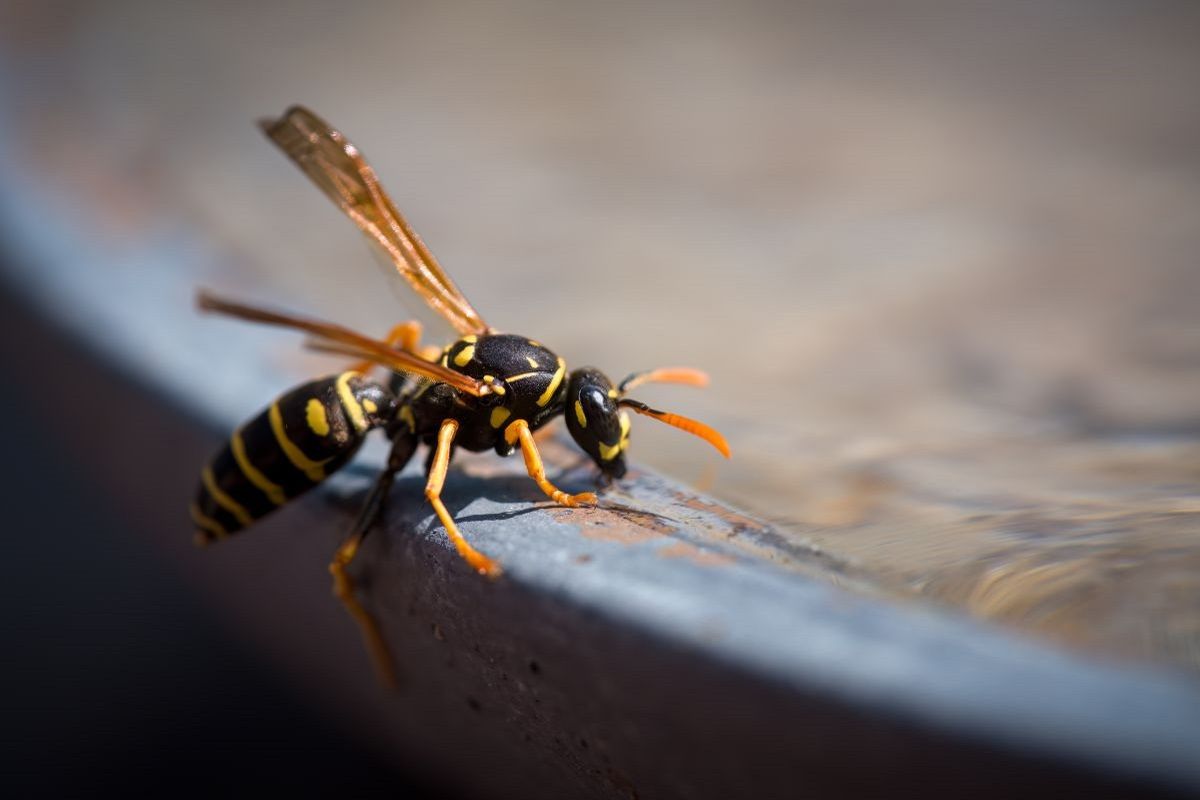When was the last time you went bowling? Think of the crash of falling pins, the smell of popcorn . . . and the way your bowling shoes seemed to glow in the blue lighting. Or, remember a trip to the roller skating rink when you were a kid. The loud music, the sticky seats . . . and the vivid shine of white clothing in the dark.
That luminescence—of bowling shoes, or of white t-shirts—comes from the blacklights that these venues often use. Blacklights emit mostly UV light, which causes certain material to glow with neon brightness. It’s a familiar look in bowling alleys—but it also occurs in nature.
One recent study highlights this phenomenon, which is called biofluorescence. The nests of Asian paper wasps produce a brilliant, lime green glow when seen under ultraviolet light. In fact, the glow is so bright that you can see it from over sixty feet away! The scientists who discovered the radiant nests note that the fluorescence seems to come from the silk proteins of the cocoons, which are woven by wasp larvae.
In a dim roller rink, fluorescent clothing or decorations can attract your attention, making the scene exciting and memorable. Researchers suggest that the green nest may serve a similar purpose, attracting the wasps’ attention in the gloom, and helping them find their way home.
Alternatively, the fluorescent proteins may protect the wasp larvae as they grow. Or, the luminous green could help camouflage the nest in the green forest leaves. Scientists still have much to learn about biofluorescence. As for me, I think I’ll stick to the bowling alley.
This moment of science comes from Indiana University with production support from the Office of the Provost.
I'm Yaël Ksander.










